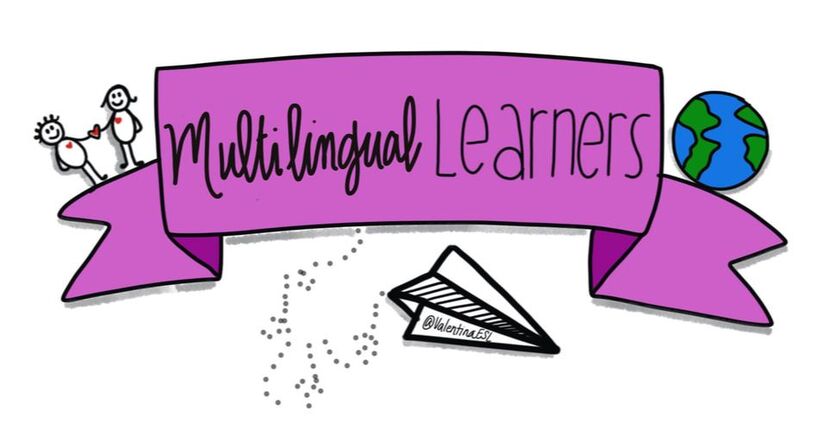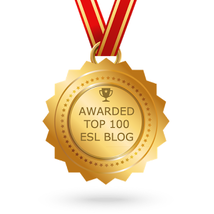|
We've all been there...we teach a lesson and then assess students only to find that the learning didn't stick. We are left with questions like : What happened? How did we fail them? What went wrong?
Making learning stick is our goal. We want our students to be able to grab on to newly learned words and skills. The problem is that if most of what they do in class doesn't give them the opportunity to internalize then learning won't stick. In 1982, Dr. James Asher introduced a learning method called Total Physical Response, TPR. This method connects language with a physical movement empowering students to stay engaged and active in learning and preventing them from becoming off task. Don't we all want that? Kids engaged, participating and actively learning! When we plan lessons that incorporate TPR, we become proactive in our approach to helping students learn and stay engaged instead or being reactive.
When we take a reactive approach, we might not plan for critical vocabulary instruction and then when the students are not successful, we react to the struggles the students have. Proactive teachers think ahead...what will students struggle with and how can I prevent that. We know that students struggle with vocabulary and making learning stick.
So here's how to implement TPR in your classroom: Step 1. select critical vocabulary for your unit of study! Don't select too many words. Remember critical means vital. Which words are necessary for comprehension. Step 2. introduce the words individually to the students and give them a clear, concise definition. Here's an example that I used recently: Word: Individualism Definition: being independent Step 3. students repeat the word and definition. Step 4. there are 2 ways to do this step...you can make up your own physical responses for the words or you can let students make up the physical responses and vote on the one the class will use. It's up to you and you can vary your approach as needed. For my example with individualism: being independent, I showed them the physical response. We repeated it many times and I reminded them that as they hear the word in class, they will stop, repeat the word and definition, and use the physical response. Watch an example lesson on the Teacher Toolkit. http://www.theteachertoolkit.com/index.php/tool/total-physical-response-tpr It varies slightly from the steps above, but you are the expert in your classroom. Make it work for your kids! Benefits: You probably already realized that TPR benefits almost every student in the class. From beginner ELLs to students with ADD, ADHD, special education students, students who are auditory, students who are kinesthetic, students who are social, etc. I recently walked into a classroom and while I was there the teacher used a critical vocabulary word in context. The class immediately went into TPR. They were alive, engaged and all participating. It was beautiful to see the students so excited about social studies. TPR is really easy, yet super effective. You don't have to do it for every word, but at least try it for some of your most difficult, critical vocabulary words. Resources: Ferlazzo, L., & Sypnieski, K. H. (2012). The ESL/ELL teacher's survival guide. ready-to-use strategies, tools, and activities for teaching English language learners of all levels. San Francisco: Jossey-Bass. Seidlitz, J., Base, M., & Lara, M. (2015). ELLs in Texas: what teachers need to know. San Clemente, CA: Canter Press 3/4/2017 06:12:24 am
I have had minimal training in the use of TPR and found this post to be extremely helpful. Using kinesthetic practices is something I am still weak at but you have mapped out a plan that I feel I could follow successfully. I'm excited to try these steps out with my next unit!
Valentina
3/4/2017 09:24:41 am
Thank you for the valued feedback, Bret. Good luck and please let me know how your students respond. Comments are closed.
|
Categories
All
|


 RSS Feed
RSS Feed
